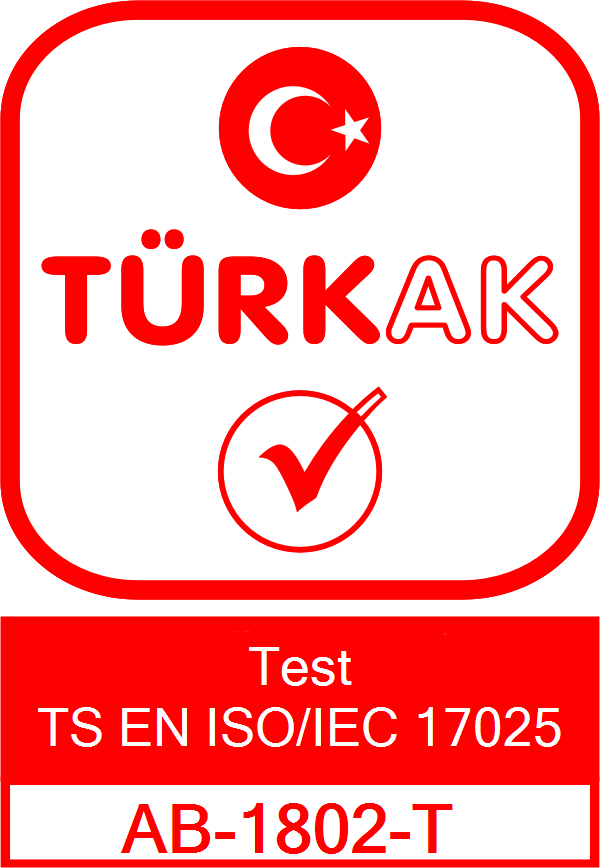Determination of Lead (Pb)
The RoHS (Restriction of Use of Restricted Substances) regulation specifically limits the concentrations of certain hazardous substances used in the manufacture of electrical and electronic equipment (EEE). Lead (Pb) is among these substances and should not be above certain limits according to RoHS regulation.
Version 1 of RoHS (RoHS 1) was adopted in 2002 and came into force from 2006. The later version, RoHS 2, was adopted in 2011 and covers a wider range of products.
Limit for lead (Pb) under the RoHS regulation:
- 0.1% by weight (ie 1000 ppm) per homogeneous material
However, there are exceptions for some applications. For example, the use of lead may be permitted for some specialty solders or some glass applications, but these exceptions are subject to certain conditions and will be reviewed over time.
The main methods used for the determination of lead are:
1. **XRF (X-Ray Fluorescence) Spectroscopy**: This method is especially popular for initial screening or rapid detection. It is a non-destructive method and gives fast results.
2. **ICP (Inductively Coupled Plasma) Spectroscopy**: This is another common method used for lead determination. It is preferred when high sensitivity is required, especially at low concentrations.
3. **GDMS (Glow Discharge Mass Spectrometry)**: Used for elemental analysis at ultra-low concentrations in high purity materials.
The choice of these methods depends on the sample matrix to be analyzed, the required sensitivity and detection limits, and other application-specific requirements.
To ensure RoHS compliance, manufacturers and importers must verify that materials and components used throughout the supply chain are lead-free or below allowable limits. This must be taken into account both during the product design and development phase and during the manufacturing process.

